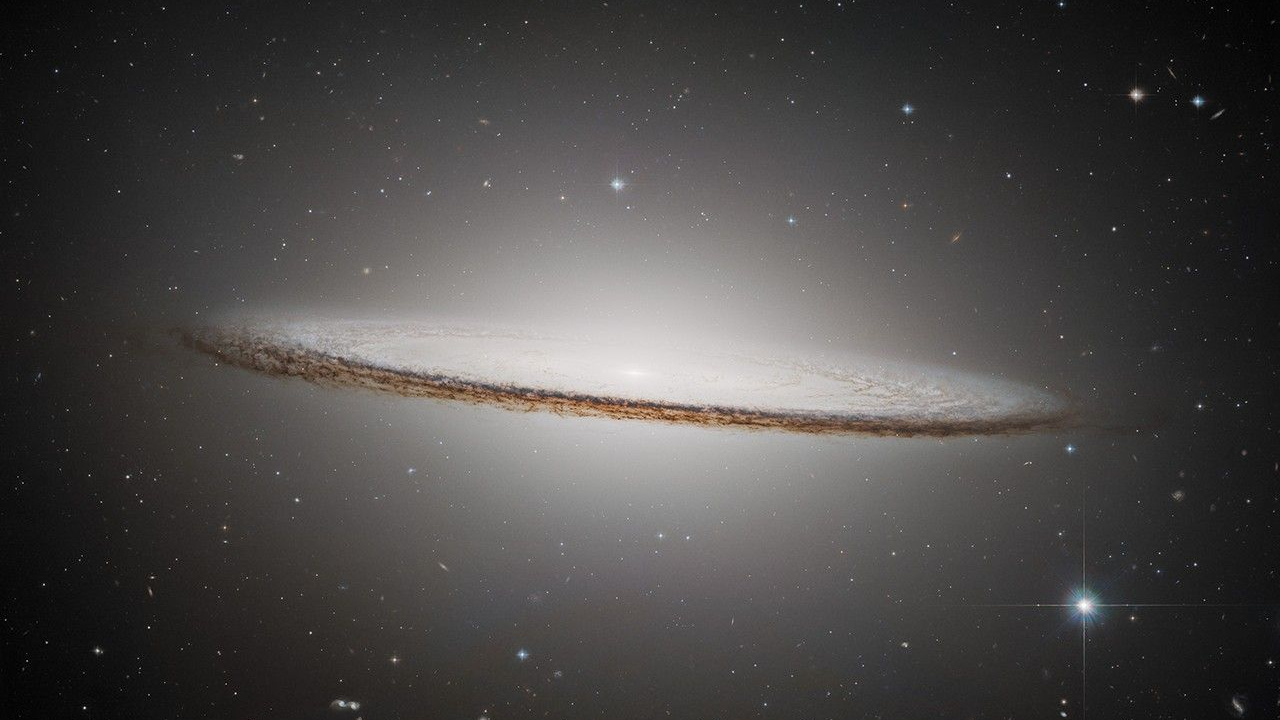Will SpaceX's Starlink megaconstellation make Earth more detectable to aliens?
'If the trend continues, we could become readily detectable by any advanced civilization with the right technology.'

Aliens might be able to eavesdrop on Earth from nearby stars, especially as SpaceX sends more satellites into space, a new study suggests.
The study determined that radio "leakage" from mobile towers here on Earth is likely detectable from nearby systems such as Barnard's Star (roughly six light-years away), provided extraterrestrials have the right equipment. Such signals are faint now but will likely increase as SpaceX continues to launch Starlink internet satellites into orbit.
The study used crowdsourced data of simulated radio signals seen from afar, with data analysis led by Ramiro Saide, an intern at the Search for Extraterrestrial Intelligence (SETI) Institute's Hat Creek Radio Observatory north of San Francisco.
Saide, also a master's student at the University of Mauritius (an island nation in the Indian Ocean), "generated models displaying the radio power that these civilizations would receive as the Earth rotates and towers rise and set," the SETI Institute wrote in a release on (May 2).
Related: Ready, SETI, go: Is there a race to contact ET?
The detectability of Earth's radio signals from afar may be faint, the researchers caution, unless E.T. has more sensitive receiving systems than ours. But there are subtleties to the data.
While traditional radio broadcasting traffic is down, more powerful radio beacons are coming online for another purpose: mobile communications. Also, countries in the Global South are making a larger contribution to radio traffic than previous decades, suggesting large economic gains in that area relative to the rest of the world.
Get the Space.com Newsletter
Breaking space news, the latest updates on rocket launches, skywatching events and more!
"I've heard many colleagues suggest that the Earth has become increasingly radio quiet in recent years, a claim that I always contested," team leader Mike Garrett, a professor at the University of Manchester in England and director of the Jodrell Bank Centre for Astrophysics, said in the same statement.
"Although it’s true we have fewer powerful TV and radio transmitters today, the proliferation of mobile communication systems around the world is profound," he added. "While each system represents relatively low radio powers individually, the integrated spectrum of billions of these devices is substantial."
One extension to the research could be examining exoplanets already found by space telescopes, such as NASA's now-retired Kepler or the agency's still-active Transiting Exoplanet Survey Satellite (TESS), the team suggests.
Another direction could be parsing the sources of Earth's radio leakage, which will likely include Wi-Fi networks, radars for the military and civilian agencies, mobile handsets, and even satellite constellations such as SpaceX's Starlink.
SpaceX recently surpassed 4,000 individual active Starlinks in orbit and hopes to grow that number to at least 40,000. If SpaceX and other companies send up tens of thousands of satellites, Earth's artificial radio signal will be much easier to spot.
"Current estimates suggest we will have more than 100,000 satellites in low Earth orbit and beyond before the end of the decade. The Earth is already anomalously bright in the radio part of the spectrum," Garrett said. "If the trend continues, we could become readily detectable by any advanced civilization with the right technology."
A study based on the research was published in the Monthly Notices of the Royal Astronomical Society in February.
Elizabeth Howell is the co-author of "Why Am I Taller?" (ECW Press, 2022; with Canadian astronaut Dave Williams), a book about space medicine. Follow her on Twitter @howellspace. Follow us on Twitter @Spacedotcom or Facebook.
Join our Space Forums to keep talking space on the latest missions, night sky and more! And if you have a news tip, correction or comment, let us know at: community@space.com.

Elizabeth Howell (she/her), Ph.D., was a staff writer in the spaceflight channel between 2022 and 2024 specializing in Canadian space news. She was contributing writer for Space.com for 10 years from 2012 to 2024. Elizabeth's reporting includes multiple exclusives with the White House, leading world coverage about a lost-and-found space tomato on the International Space Station, witnessing five human spaceflight launches on two continents, flying parabolic, working inside a spacesuit, and participating in a simulated Mars mission. Her latest book, "Why Am I Taller?" (ECW Press, 2022) is co-written with astronaut Dave Williams.
-
dubiago Terrestrial-bound broadcast antenna, I could see. But, are the Starlink satellites not directed towards the surface?Reply









